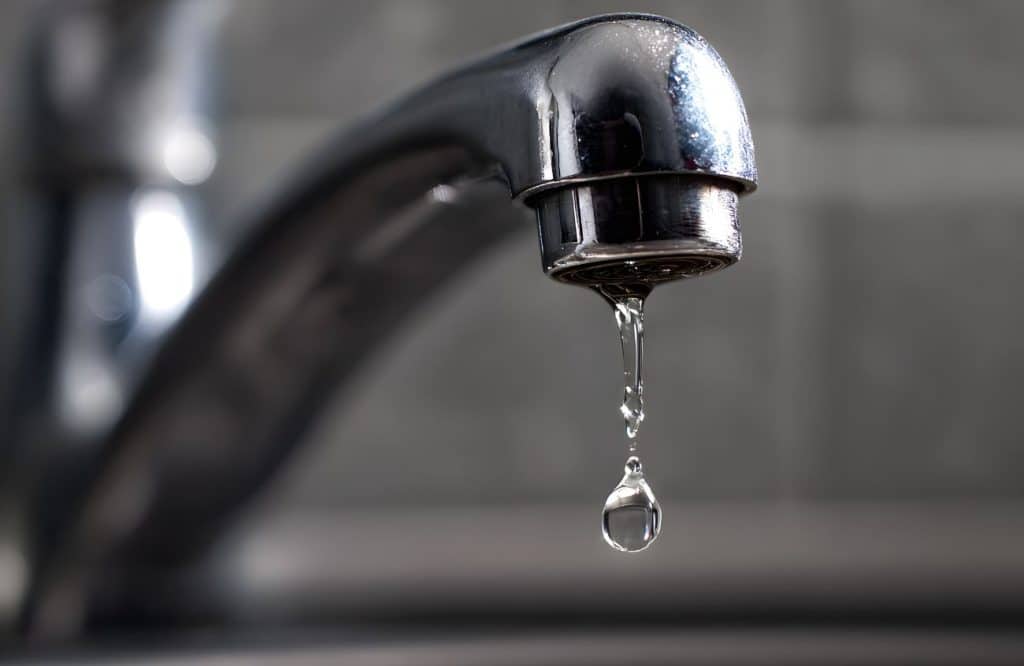Ohio has more than 4,000 public water systems, all of which are subject to the regulations set by the Ohio EPA. Whether your water system has 100 or 100,000 service connections, cross-connection control and backflow prevention must be a priority, both for safety and compliance.
The Ohio Administrative Code governs public water systems throughout the state, including cross-connection control efforts. Chapter 3745-96 addresses backflow prevention, cross-connection control program and surveys, and enforcement. The question: What does the code mean for your water system? And how do you maintain compliance within your community?
At a high level, the Code requires a cross-connection control program that guides and tracks on-site surveys, backflow preventer testing, and reporting.
The regulation specifically cites:
- Cross-connection control surveys every five years
- Annual testing for all backflow prevention assemblies
- Maintained test and survey records for at least five years
Quick Guide to ASSE Standards
Conducting Assessments
Section 3 covers the requirements for both initial assessments and periodic surveys. Rule 3745-95-03 states:
“The supplier of water shall conduct or cause to be conducted an initial assessment of water use practices within a consumer’s premises to determine whether there are actual or potential cross-connections…”
“The supplier of water shall inspect of cause to be inspected all installations where an approved connection exists between an auxiliary water system and the public water system…at least once every 12 months and shall maintain an inventory of all such installations and inspection records…[to] be made available during sanitary surveys…”
Various methods for conducting surveys and documenting cross-connections are allowed by the code, including a questionnaire that can be completed by building owners. The questionnaire alone is not an effective approach for detecting and resolving unprotected cross-connections. Consult with your Ohio EPA district representative on what’s acceptable and necessary for your water system, and what best promotes safe and secure drinking water. Often, an on-site survey by a qualified technician is the best (and only) way to effectively identify and manage cross-connections. While the code does not require surveys at residential premises, you are mandated to execute an “alternate methodology to identify changes in water user practices.”
Also note the code’s reference to conducting inspections and maintaining records for sanitary surveys (which occur at least every three years). Don’t wait for enforcement! Be proactive and comply with the requirements set forth in the code, which necessitates these records be available during sanitary surveys as evidence of an ongoing cross-connection control effort within your public water system.
Learn more about complying with the backflow prevention regulations in the on-demand webinar, “Strategies for Ohio EPA Compliance in Cross-Connection Control Surveys.”
Common Compliance Gaps
When supporting our customers’ cross-connection control programs, HydroCorp often sees the same questions and areas of non-compliance (AKA “compliance gaps”) in communities across the United States.
Incomplete Programs
First, communities may be missing or operating with an incomplete cross-connection control program. Far too many public water systems have no established program, or a program that relies only on software to track backflow test records. While backflow test tracking is a great start—and a necessary element of any cross-connection control program—it’s not sufficient for compliance with Ohio regulations.
A comprehensive program allows you to identify all existing backflow prevention assemblies, while confirming their presence and proper installation at each cross-connection. With an incomplete program and limited surveying processes or scope, you can’t know the location of every assembly in your water system. That means greater risk of contamination and, of course, non-compliance.
Missing Support & Enforcement
Many water systems also struggle to get financial and community support for their programs, whether they face insufficient funds or municipal leadership that doesn’t support corrective action and enforcement activities. Insufficient budget often means critical program activities fall by the wayside. Lack of enforcement for identified backflow hazards renders the program ineffective and defeats your attempts at compliance.
Educate both city leadership and the public to get buy-in and support for your program. While public awareness may be a long-haul effort, it’s worth the investment to drive engagement that results in a successful, compliant program and a safer water system.
Learn more about complying with the backflow prevention regulations in the on-demand webinar, “Strategies for Ohio EPA Compliance in Cross-Connection Control Surveys.”


